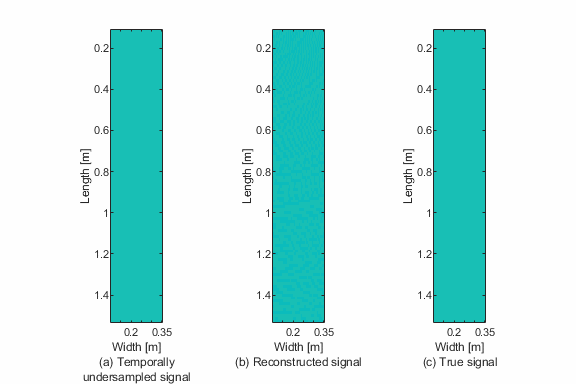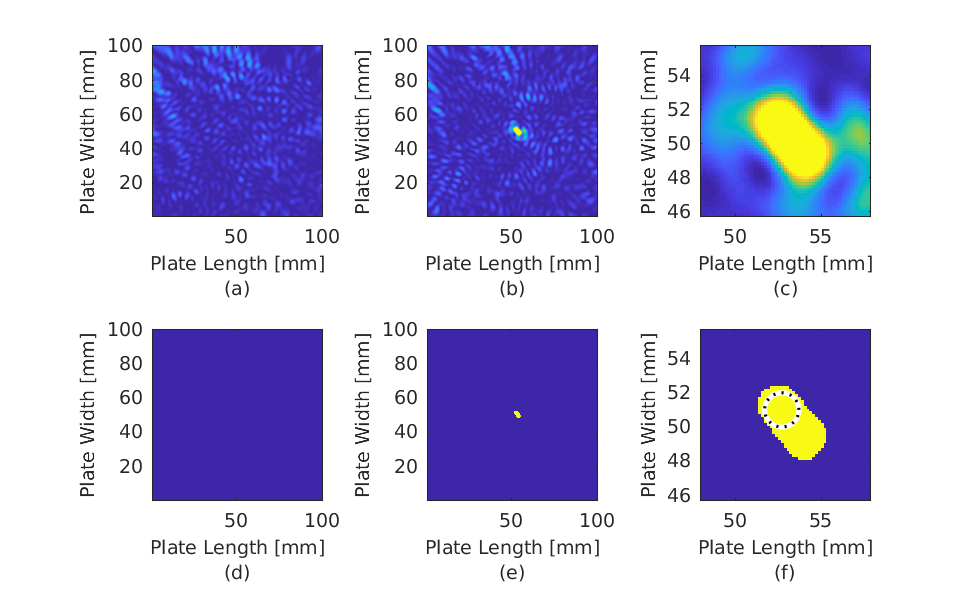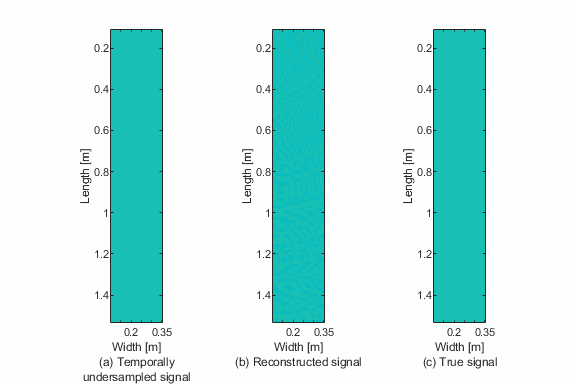
Beyond the Grid: Why Non-Uniform Sampling Is the Secret Weapon You Didn’t Know You Needed
If you’ve ever taken a signal processing class, you know the first law of the land: sample uniformly, and sample fast enough. The Nyquist-Shannon Sampling Theorem reigns supreme. Uniform sampling is neat. Predictable. And it makes math work like magic.
But here’s the twist: the real world doesn’t always cooperate.
Sensors drift. Heartbeats don’t occur on a grid. Electrode measurements in the brain arrive irregularly. Seismic pulses bounce back whenever they feel like it. Welcome to the untamed frontier of non-uniform sampling, where the old rules don’t exactly apply—but where understanding those rules becomes more important than ever.
This article is for grad students stepping into advanced digital signal processing. You already know the beauty of ideal sampling. Now, get ready to embrace its imperfections—and see how non-uniform sampling is not just a glitch, but a feature in disguise.




